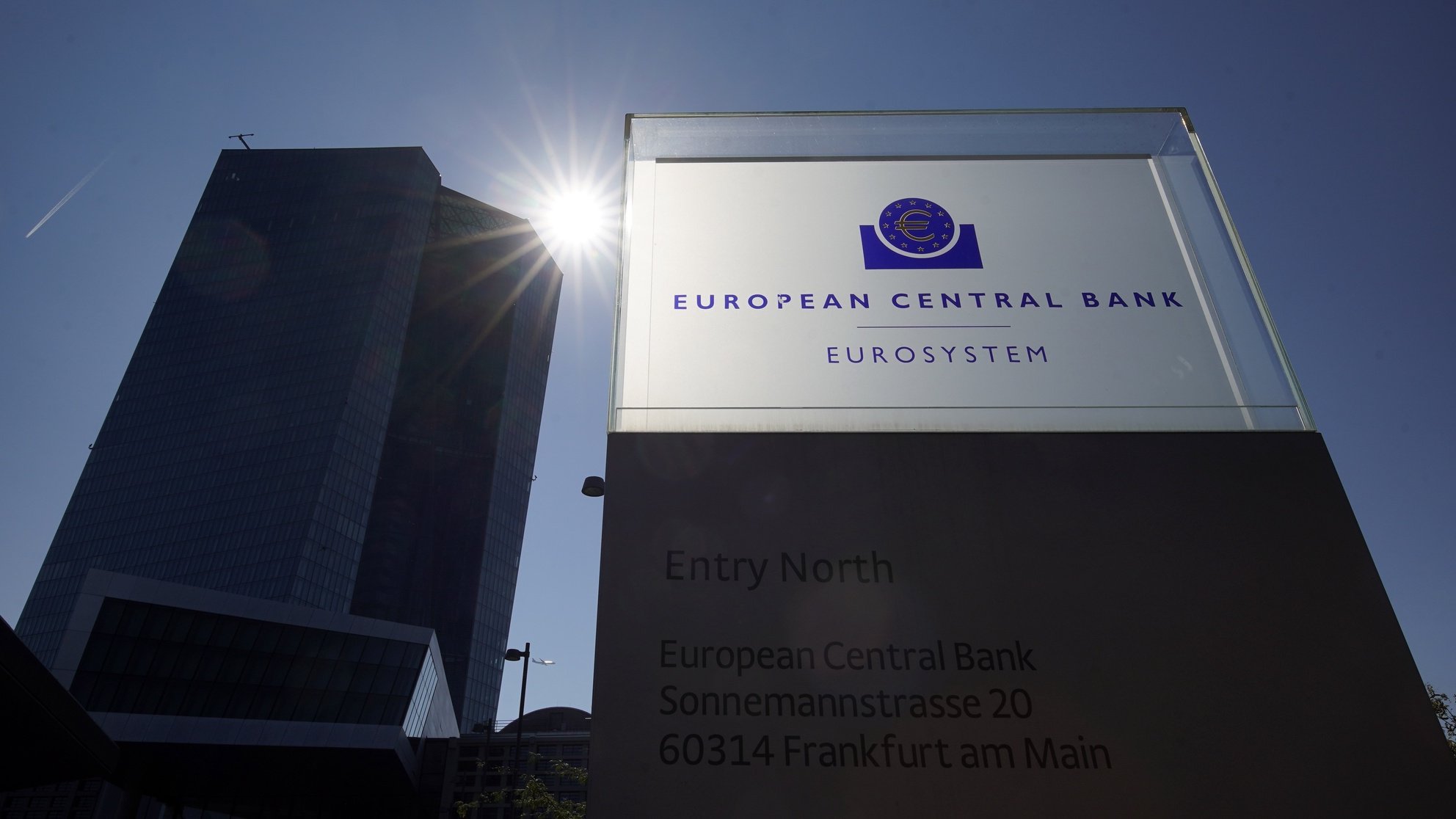Difficulties in global supply chains explain 40% to 50% of inflationary pressures in the eurozone, argues an academic study presented this Wednesday at the ECB Annual Forum in Sintra. In the US, according to the same study, problems in international trade justify a lower percentage (30%) of inflation, since there the fiscal stimulus programs – which included checks sent to citizens – would have had a greater impact.
The day it became known that the inflation rate exceeded 10% in Spain, Gabriel Felbermayrdirector of the Austrian Institute for Economic Research, supported with his economic research the idea that the impact of increases in interest rates will always have a limited effect in containing inflationary pressures, since almost half of inflation is explained by factors that are not sensitive to monetary policy. politics.
“External shocks and supply chain difficulties played a relatively larger role, compared to domestic demand shocks, in explaining inflation in the eurozone 2020-2021,” said Gabriel Felbermayr, adding that “In the United States, the opposite happened.“.
The data supports what Christine Lagarde said on Tuesday, also in Sintra, when she tried to relativize inflationary pressures (and the role that monetary policy can play in this matter) and stated that “we are not facing a normal situation of excess demand ”. generalized or overheating”. Investment remains “conditional” and, “despite the increase in spending on services, private consumption in the eurozone remains 2% below the level prior to the pandemic,” Lagarde stressed.
“The United States injects money as if there were no tomorrow. Europeans are obsessed with debt, they are wrong”, says economist Erik Nielsen
Source: Observadora
